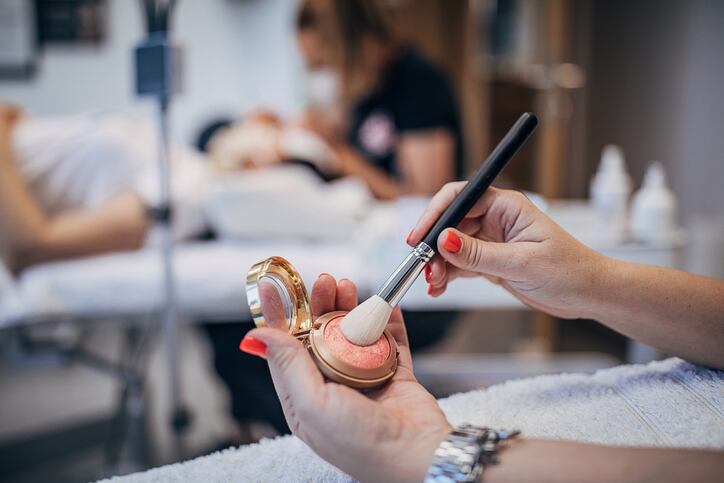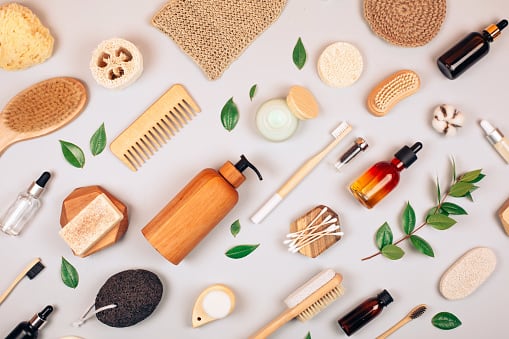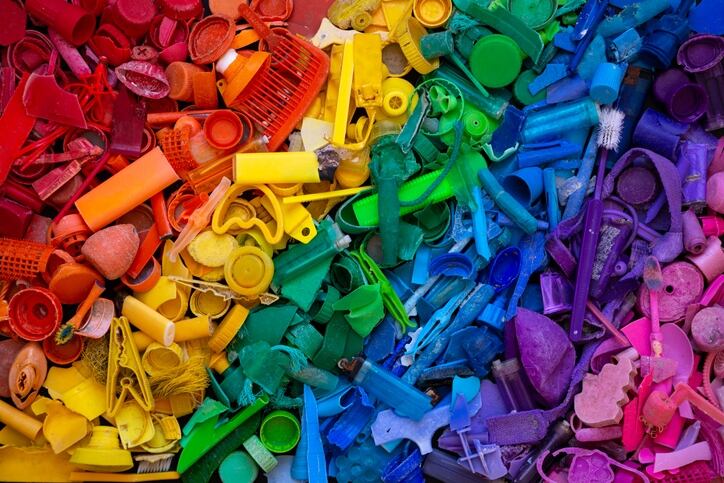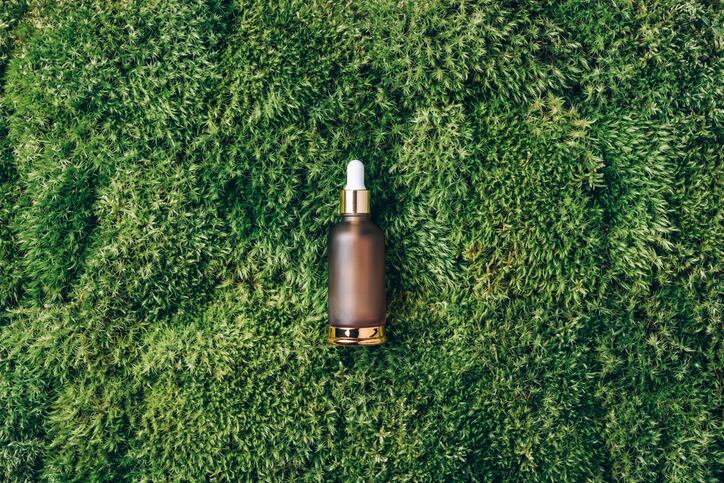Writing in Resources, Conservation & Recycling Advances, researchers from the University of Malta investigated the differences between reusable and recyclable cosmetic packaging – two different design approaches to sustainability that were “sometimes be conflicting”.
A blush compact case study
The team conducted International Organization for Standardization (ISO) cradle-to-grave life cycle assessments on different cosmetic packaging variants for a blush compact – designed with a lid, mirror, hinge pin, pan containing the blush and base case.
They investigated a reusable design whereby a recharge of the blush pan could be reinserted several times against a fully recyclable, single-use design where the blush was directly filled into the plastic base. Several other variants were also compared, including lightweight variants made with less materials and designs featuring more recyclable components.
The overall goal was to identify what features of the packaging were responsible for environmental impacts and thus answer the question: was it more sustainable to design an “extremely durable product” that could be reused several times or to apply dematerialisation but consequently create a “less robust product” which allowed for less reusability potential?
The arguments for reuse
Findings showed that a single-use, lightweight, fully recyclable variant made without an aluminium pan offered the most environmentally friendly option for a cosmetic blush, with a 74% reduction in environmental impacts. However, the researchers said this outcome was only true when all components were fully recycled by the end user. If the components weren’t recycled, or only partly recycled, this variant was not better than a reusable version.
“This study concludes that in such cases, reuse should be given prominence, as recycling would only depend on the user and the infrastructure in place,” the researchers wrote.
When looking at dematerialisation – using less packaging in the overall design – the researchers said the positive effect of reusability “by far” outweighed the effect of reducing materials – offering an environmental improvement of 171%. Light weighting a reusable model, they said, yielded “very little benefits”. “…The key takeaway from this comparison is that it is more environmentally friendly to reuse rather than dematerialise and consequently reduce the reuse capability.”
Overall, the researchers said reusable packages were “very well suited” when compared to other versions proposed in the case study.
“Packaging reusability should be prioritised over dematerialisation and recyclability.
…Manufacturers should attempt to use materials with less harmful impacts and move towards reusable products comprising recyclable mono-materials,” they concluded.
If reuse was not possible, however, the researchers said it was “essential” that dematerialisation and recycling were applied given the sustainable urgency.
Future research and collaboration
Moving forward, the researchers said industry could look more closely at bringing to market the most eco-friendly compact design, made without a blush pan. However, this would require collaboration with powder filler companies as the filling technique was completely different. Extensive research would also be needed to ensure the case would be sturdy enough and the product adhered to quality requirements.
Source: Resources, Conservation & Recycling Advances
Published online ahead of print, doi: 10.1016/j.rcradv.2022.200098
Title: “Reusability and recyclability of plastic cosmetic packaging: A life cycle assessment”
Authors: IJ. Gatt and P. Refalo




